As Pakistan continues to evolve in terms of urban development, architects and builders are looking for innovative ways to design functional yet aesthetically pleasing spaces. One solution gaining popularity in the country is tensile structures. These modern architectural marvels offer a unique combination of strength, flexibility, and elegance, making them an ideal choice for a variety of applications, from car parking shades to stadium roofs and large public spaces.
Introduction to Tensile Structures
What Are Tensile Structures?
Tensile structures are architectural forms that rely on tension, rather than compression or bending, to support loads. These lightweight yet robust structures are typically constructed using high-strength materials like tensile fabrics, membranes, or steel cables. By stretching these materials over a frame or anchoring them to secure points, tensile structures achieve a balance of strength and flexibility, making them both functional and visually stunning.
Their significance in modern architecture lies in their ability to create large, open spaces without the need for heavy support columns. This not only enhances the aesthetic appeal of a structure but also optimizes space usage. Tensile structures are now widely used for car parking shades, sports arenas, airports, and other public or commercial spaces where innovative design meets practical needs.
Historical Context and Evolution of Tensile Architecture
The concept of tensile structures dates back thousands of years, with early examples found in nomadic tents made of animal hides stretched over wooden or bone frameworks. These primitive designs laid the foundation for the modern use of tensile principles in architecture.
The global evolution of tensile structures gained momentum in the mid-20th century, thanks to advancements in material science and engineering. Architects like Frei Otto and Buckminster Fuller played pivotal roles in popularizing tensile architecture. Frei Otto’s groundbreaking work on lightweight structures, including the 1972 Munich Olympic Stadium, showcased the potential of tensile membranes in creating dynamic and expansive designs.
Today, tensile architecture has become a hallmark of modernity, blending form and function seamlessly. With the advent of high-performance materials like PTFE-coated fiberglass and ETFE, tensile structures are not only more durable but also highly sustainable, aligning with the growing demand for eco-friendly solutions in architecture.
By integrating innovative designs with cutting-edge technology, tensile structures continue to redefine architectural possibilities, offering versatile and efficient solutions for both traditional and contemporary spaces worldwide.
Relevance to Pakistan’s Architectural Needs
Pakistan’s architecture is evolving rapidly in response to the country’s unique challenges. With increasing urbanization, climate variability, and limited resources, there is a growing demand for innovative, sustainable, and cost-effective building solutions. Tensile structures offer practical answers to these pressing issues, making them highly relevant to Pakistan’s modern architectural needs.
Architectural Challenges in Pakistan
- Rapid Urbanization
Pakistan’s urban centers are expanding at an unprecedented pace, leading to high demand for functional infrastructure and public spaces. This urban growth often outpaces the construction of essential facilities like parking spaces, public gathering areas, and recreational zones. Traditional construction methods struggle to keep up due to their high costs and lengthy timelines. - Climate Variability
The country experiences diverse and often extreme weather conditions, ranging from scorching heat in the plains to heavy monsoons and occasional snowfall in northern regions. This variability places significant demands on structures, which must withstand high temperatures, UV exposure, rainfall, and wind. - Resource Constraints
Pakistan faces constraints in terms of both financial and material resources. Conventional construction methods can be expensive, resource-intensive, and environmentally taxing, making them less feasible for widespread use.
How Tensile Structures Address These Challenges
- Adaptability to Rapid Urbanization
Tensile structures provide a fast and cost-effective solution to meet the demands of growing cities. Their lightweight and modular design allow for quick installation, making them ideal for urban environments where time and space are limited. Applications such as car parking shades, pedestrian walkways, and outdoor event spaces help address immediate urban needs without requiring extensive resources or time. - Resilience to Climate Variability
Tensile structures are designed to withstand Pakistan’s challenging climate conditions. The high-strength tensile fabrics used in these structures are UV-resistant and waterproof, ensuring durability in harsh sunlight and monsoon rains. Additionally, their flexibility allows them to absorb wind loads effectively, making them suitable for regions prone to strong winds or storms. - Efficient Use of Resources
Compared to traditional concrete or steel buildings, tensile structures use fewer materials while achieving the same or greater functionality. Their lightweight construction reduces material costs, transportation expenses, and overall environmental impact. Moreover, their energy-efficient designs, such as natural ventilation and daylight integration, reduce long-term operating costs, aligning with Pakistan’s need for sustainable development. - Adaptability to Diverse Terrains and Climates
From the flat plains of Punjab to the rugged mountains of Gilgit-Baltistan, tensile structures can be adapted to suit a variety of terrains. Their flexible and customizable designs make them ideal for building in challenging locations where traditional methods may be impractical. Whether it’s a car parking shade in a bustling city or a tensile membrane for a mountaintop viewing deck, these structures offer unparalleled versatility.
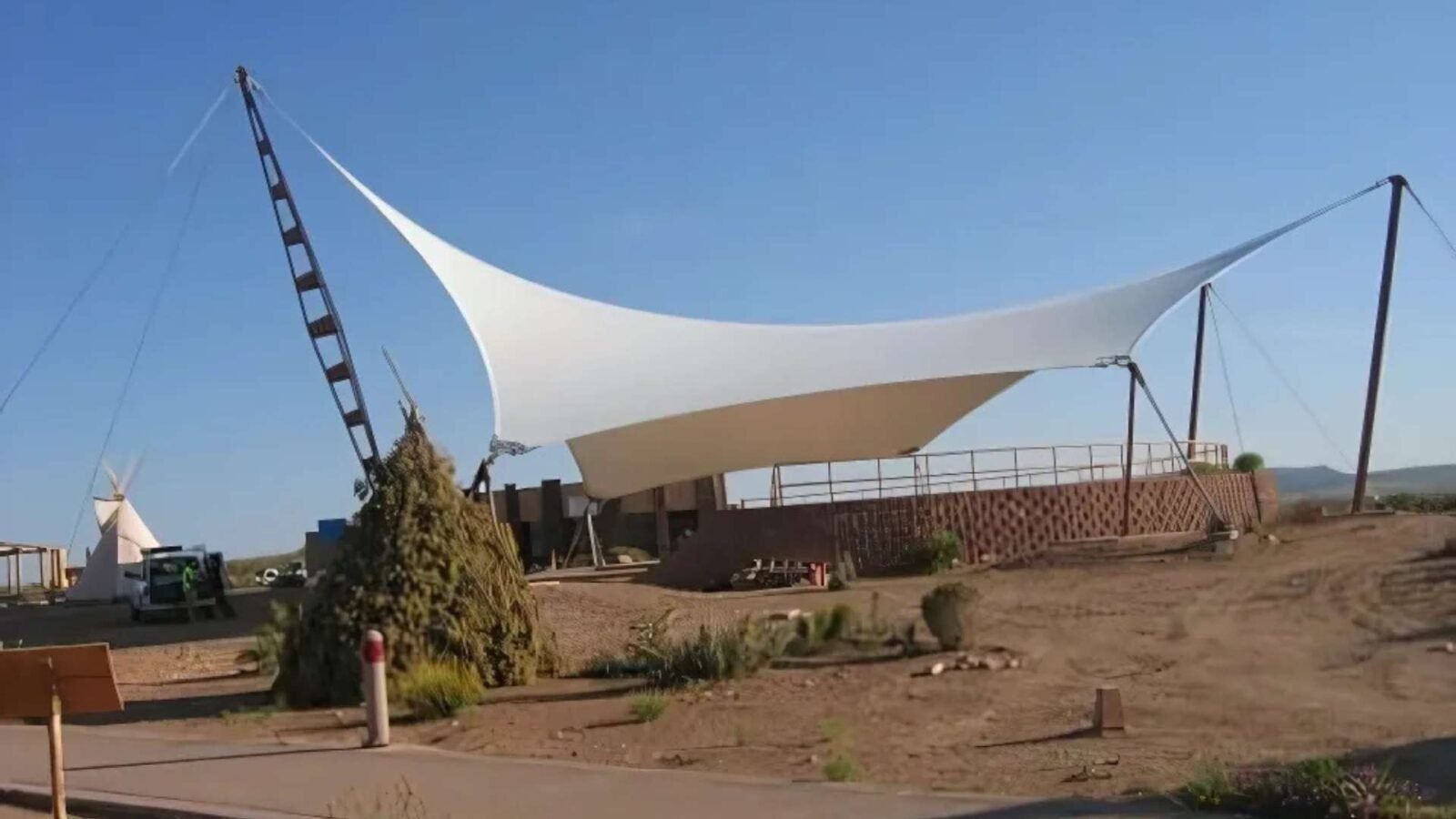
Benefits of Tensile Structures
Tensile structures have become a preferred choice in modern architecture due to their practicality and versatility. They offer a range of benefits that address both functional and aesthetic needs, making them ideal for projects requiring innovative and sustainable solutions.
- Cost-Effectiveness
One of the most significant advantages of tensile structures is their cost-effectiveness.
- Reduced Material Costs: Unlike traditional buildings that rely on heavy materials such as concrete and steel, tensile structures use lightweight, high-strength membranes and minimal framing. This reduces the quantity of materials required and, consequently, the overall cost.
- Faster Construction: Tensile structures are designed for rapid installation. Prefabricated components can be assembled on-site in a fraction of the time it takes for conventional construction. This not only saves time but also lowers labor costs and minimizes disruption, making them an ideal choice for time-sensitive projects like car parking shades or event canopies.
- Low Maintenance: High-quality tensile fabrics are durable and resistant to wear and tear, resulting in minimal maintenance costs over their lifespan.
- Sustainability
Tensile structures are a sustainable alternative to traditional construction methods, aligning with the growing emphasis on environmentally conscious design.
- Energy Efficiency: Tensile membranes allow natural light to filter through, reducing the need for artificial lighting during the day. Additionally, their design promotes natural ventilation, minimizing reliance on air conditioning. These features lead to significant energy savings.
- Recyclable Materials: Many tensile fabrics, such as PTFE and PVC-coated materials, are recyclable. At the end of their lifecycle, these materials can be repurposed, reducing construction waste and promoting a circular economy.
- Lower Carbon Footprint: The lightweight construction and reduced material usage result in fewer emissions during transportation and installation, making tensile structures an eco-friendly choice for modern architecture.
- Aesthetic Appeal
Tensile structures bring a modern and innovative aesthetic that can transform urban spaces.
- Unique and Iconic Designs: The flexibility of tensile materials allows for creative, eye-catching shapes and forms. Architects can design dramatic canopies, sweeping roofs, and intricate geometric patterns that enhance the visual appeal of any space.
- Urban Landscape Enhancement: Tensile structures add a futuristic and elegant touch to urban areas, whether they are used for car parking shades, public parks, stadiums, or commercial spaces. Their sleek and modern look often becomes a focal point, elevating the overall aesthetic of the environment.
- Customization: Available in a variety of colors, textures, and finishes, tensile structures can be tailored to match the theme or branding of a project, further enhancing their appeal.
Cultural Integration with Tensile Structures
Tensile structures, with their flexibility in design and adaptability, offer a unique opportunity to reflect Pakistan’s rich cultural heritage. By combining modern technology with traditional architectural elements, tensile structures can celebrate the country’s diverse history and artistic traditions, creating spaces that are both innovative and deeply rooted in cultural identity.
Reflecting Pakistan’s Cultural Heritage in Design
- Incorporating Traditional Patterns
- Islamic Geometric Designs: Islamic architecture is renowned for its intricate geometric patterns and motifs. These can be incorporated into tensile structures by designing membranes with laser-cut patterns, printed textiles, or shadow projections, creating a visually stunning interplay of light and texture.
- Mughal Influences: Domes and arches, hallmarks of Mughal architecture seen in landmarks like the Badshahi Mosque and Shalimar Gardens, can inspire the shapes and curves of tensile structures, blending the old with the new.
- Regional Aesthetics
- Sindhi Ajrak and Balochi Embroidery: The vibrant patterns of Ajrak and Balochi embroidery can inspire color schemes and printed designs on tensile fabrics, offering a visual homage to regional craftsmanship.
- Northern Wood Carvings: In areas like Hunza and Swat, wood carvings are integral to traditional construction. Incorporating carved wooden elements into tensile frame structures can harmonize local materials with contemporary design.
- Color Palette and Symbolism
The colors of tensile membranes can be selected to represent cultural significance, such as the earthy tones of Punjab’s fields, the blues of Sindh’s rivers, or the greens and whites of Pakistan’s national identity.
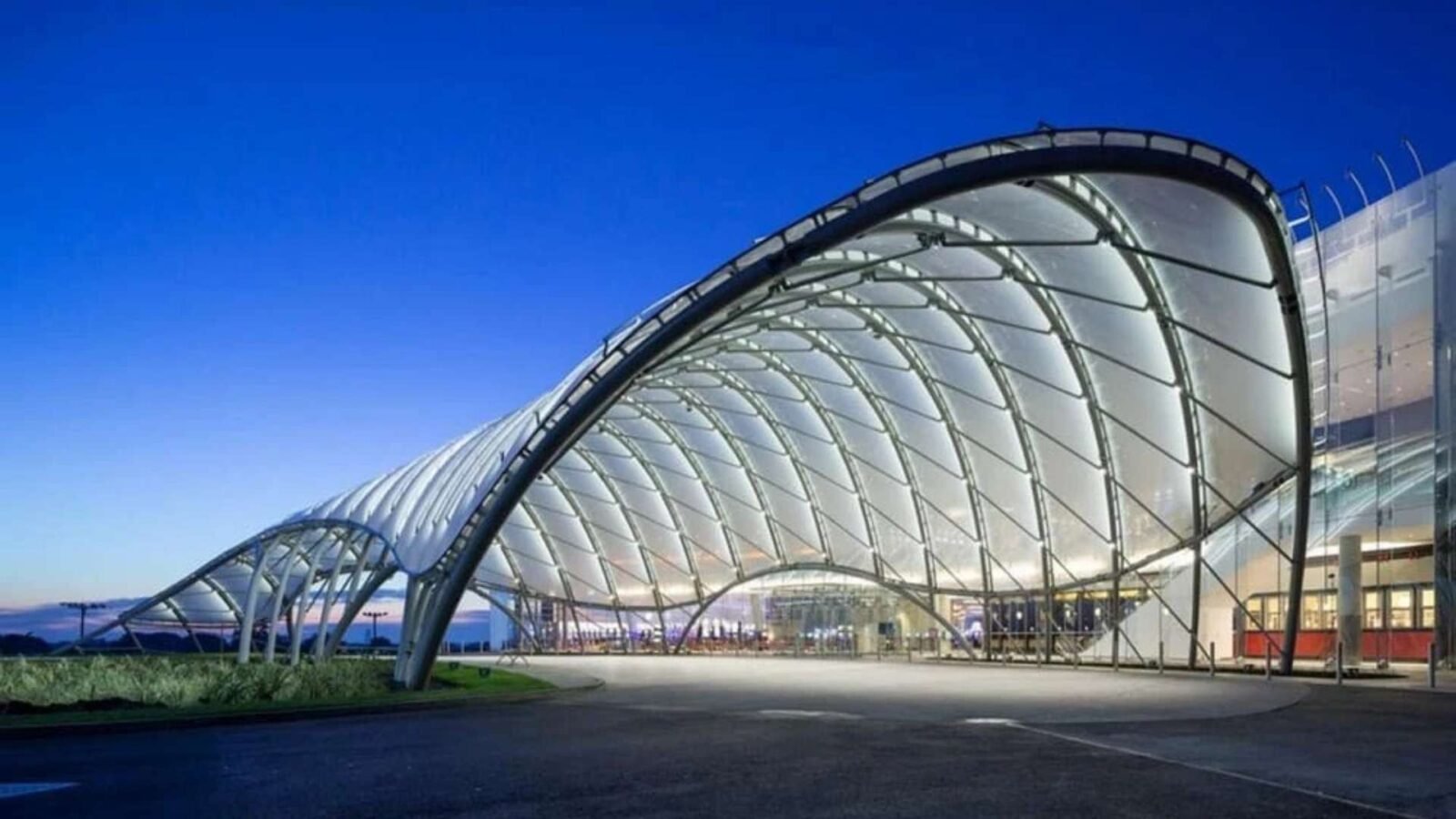
Collaborations Between Local Artisans and Modern Architects
- Fostering Artistic Partnerships
- Architects and designers can collaborate with skilled artisans to incorporate traditional craftsmanship into tensile structures. For example, artisans specializing in calligraphy or tile work could contribute detailed elements to tensile structures in public spaces, like parks or mosques.
- Creating Unique Designs
- Custom tensile structures could feature artwork inspired by local crafts, such as truck art motifs, woven into the membrane design. This creates a bridge between cultural identity and modern innovation.
- Collaborative efforts can result in iconic designs for public spaces, transforming tensile structures into symbols of cultural pride.
- Reviving and Promoting Heritage Skills
- Engaging local craftsmen in large-scale projects revitalizes dying art forms by giving them a contemporary platform. Tensile structures, with their widespread applications in urban spaces, can bring national attention to these traditional skills.
Applications of Cultural Integration
- Public Spaces and Landmarks: Tensile structures in parks, cultural festivals, or city squares can serve as vibrant cultural symbols by incorporating regional themes and motifs.
- Religious and Spiritual Spaces: Mosques, shrines, and community spaces can use tensile structures with intricate patterns and elegant curves inspired by Islamic art.
- Tourism and Hospitality: Resorts and tourist spots can feature tensile structures that showcase local artistry, creating unique and culturally immersive experiences for visitors.
Future Prospects of Tensile Structures in Pakistan
The future of tensile structures in Pakistan holds immense potential, driven by advancements in materials, technology, and growing awareness of sustainable construction methods. With urbanization, climate concerns, and the need for innovative architectural solutions on the rise, tensile structures are poised to play a transformative role in reshaping Pakistan’s infrastructure.
Advancements in Materials and Technology
- Next-Generation Materials
- Enhanced Durability: Future tensile fabrics are likely to become even more durable, with increased resistance to UV rays, extreme weather conditions, and wear-and-tear, extending their lifespan and lowering maintenance costs.
- Smart Fabrics: The integration of smart materials, such as photovoltaic fabrics, could enable tensile structures to generate solar power. These fabrics would make tensile designs energy-efficient, turning them into sustainable energy hubs for urban and rural areas.
- Self-Cleaning Membranes: Materials with advanced coatings that repel dirt and water will reduce maintenance needs, making tensile structures more practical in dusty or polluted urban environments.
- Technological Innovations
- 3D Printing: The incorporation of 3D printing technology in tensile structure production could allow for more precise and complex designs, improving both aesthetics and functionality.
- Digital Modeling and AI Integration: Advanced software and AI will enable architects to simulate tensile structures with incredible accuracy, optimizing designs for load distribution, durability, and environmental impact before construction begins.
- Hybrid Designs: The combination of tensile structures with other materials like wood or steel can create versatile hybrid structures that blend the best qualities of traditional and modern architecture.
Potential Government Policies and Incentives
To promote tensile architecture, the government can play a pivotal role by introducing supportive policies and incentives, such as:
- Tax Benefits for Sustainable Construction
- Providing tax reductions or exemptions for projects that use tensile structures, especially those incorporating eco-friendly materials or renewable energy solutions.
- Incentives for Public Infrastructure
- Encouraging the use of tensile structures in public projects such as schools, parks, and transportation hubs. Subsidies or grants for municipal projects using tensile architecture could increase adoption.
- Standardization and Regulation
- Establishing clear guidelines for tensile structure design, safety, and material standards would boost confidence in the industry and encourage widespread use.
- Certification programs for tensile architects and contractors could ensure high-quality installations.
- Promotion of Green Building Initiatives
- Integrating tensile structures into Pakistan’s green building certification frameworks (such as LEED) could promote their use in environmentally conscious projects.
- Collaborative Development Programs
- Partnering with private firms to build research and development centers focused on tensile structures. These programs could advance innovation while creating jobs in the construction and materials sectors.
Applications in Key Sectors
- Urban Development
- Tensile structures can be vital in addressing urban challenges like overcrowding, limited parking, and lack of recreational spaces. Their lightweight, modular design is perfect for creating shaded walkways, car parking shades, and rooftop canopies.
- Tourism and Hospitality
- Tensile architecture can be used to create eco-friendly resorts, glamping sites, and cultural pavilions, attracting domestic and international tourists with their unique aesthetic appeal.
- Disaster Relief and Rural Development
- Lightweight and portable, tensile structures can be used in disaster relief efforts to provide shelter quickly. Similarly, they can serve as low-cost solutions for schools, clinics, and community centers in underserved rural areas.
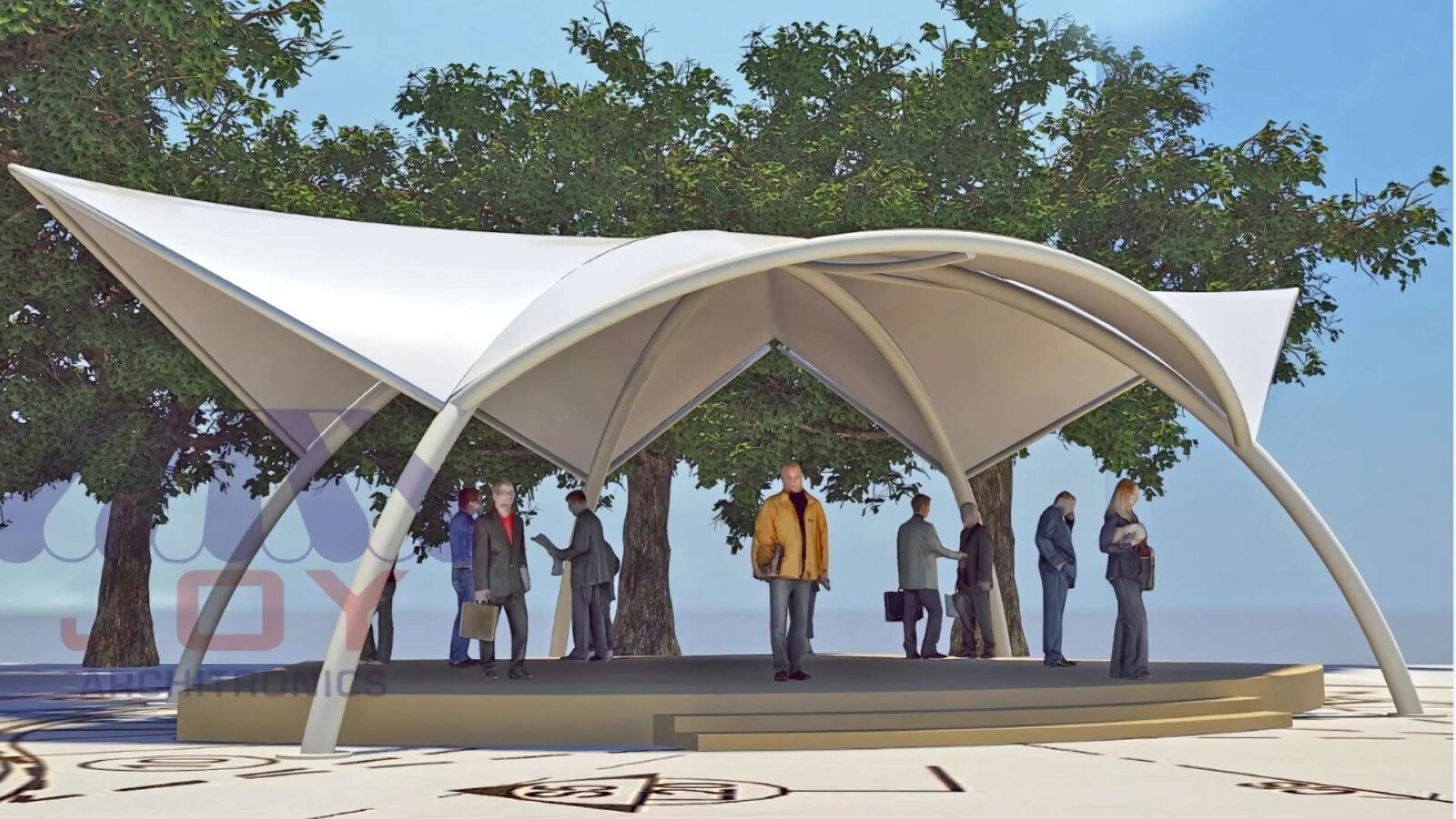
Conclusion
- Tensile structures represent an exciting and transformative solution for Pakistan’s architectural and infrastructural needs. Their cost-effectiveness, sustainability, and aesthetic appeal make them a practical choice for addressing challenges such as rapid urbanization, climate variability, and resource constraints. By incorporating cultural heritage into their designs and leveraging advancements in materials and technology, tensile structures can seamlessly blend innovation with tradition, creating spaces that are functional and visually captivating.
- The future of tensile architecture in Pakistan looks promising, particularly with opportunities to enhance public infrastructure, promote eco-friendly construction, and adapt to diverse terrains. Supportive government policies, collaborations with local artisans, and private-sector innovation can further accelerate their adoption and impact.
- As we look ahead, tensile structures offer the potential to redefine urban and rural spaces, making them more sustainable, adaptable, and reflective of Pakistan’s rich cultural identity. Whether for car parking shades, event venues, or public spaces, tensile architecture has the power to shape a modern yet culturally rooted future for Pakistan.
- We invite readers to explore the possibilities tensile structures can bring to their projects and join the movement toward a more innovative and sustainable architectural landscape.
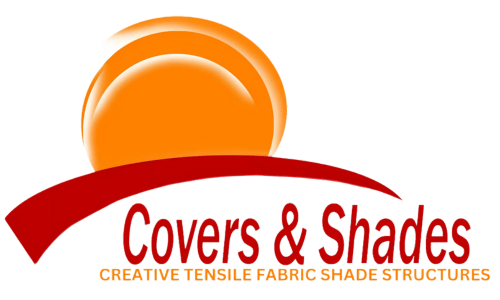

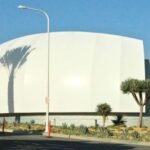

[…] PVC tensile fabric is one of the most popular materials used for car parking shades. It is highly durable, UV-resistant, and able to withstand extreme weather conditions. […]